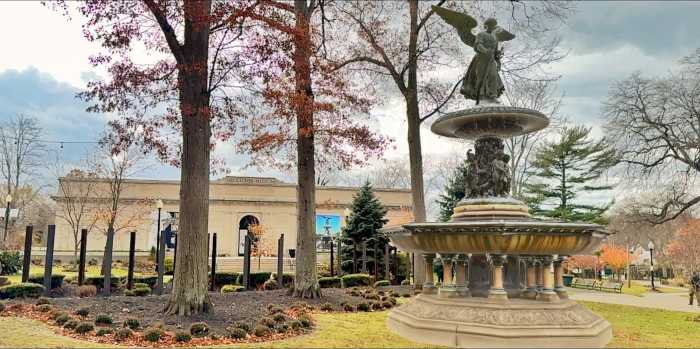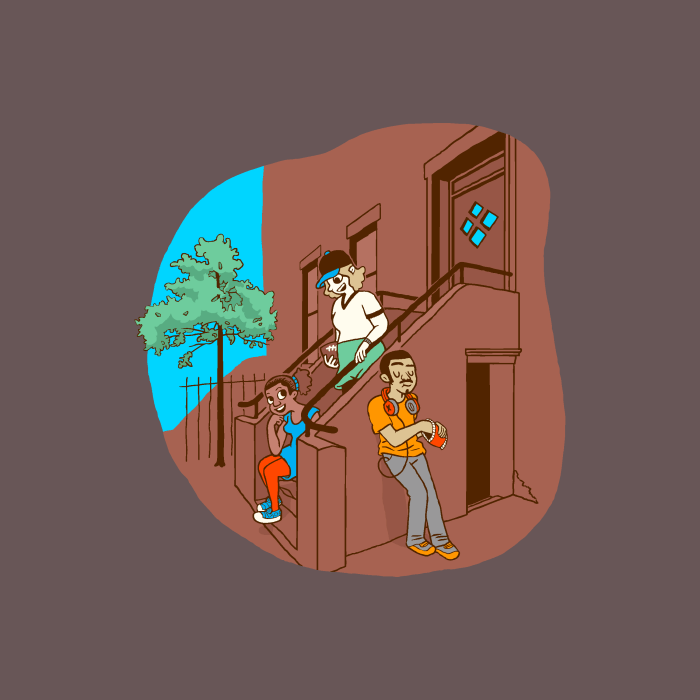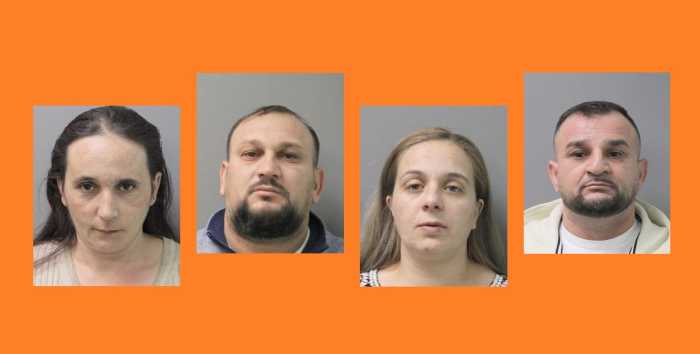One Locust Valley resident called for the resignation of district officials over Bayville Intermediate School’s turf field project at the Board of Education’s Wednesday, Aug. 27, meeting. The board approved purchase order changes to the project due to repairs that exceeded the estimated $2 million cost.
Bayville resident Lisa McLaughlin said during public comment that information about the field’s renovation was not made public enough and that it was not a proposition in the approved 2025-2026 budget.
“Who should be held accountable for this alleged waste, fraud, and abuse? I think this project is illegal, I think it’s a misappropriation of funds and I think some people need to resign over it,” said McLaughlin. She did not suggest who should resign.
McLaughlin questioned when and how the district received approval for the turf project.
“It was never put in a [proposition] to the voters, unless you can prove otherwise,” she said.
The school district said information about infrastructure projects had been presented at various board meetings since January and the project was included in many of its budget vote information sheets.
In an Instagram post from May 19, the district outlined the turf field renovation project as part of its budget.
Assistant Superintendent for Business Karen Horoszewski said the turf field’s goal is to resolve chronic drainage and flooding issues in the days following rain, which would provide more opportunities for student usage and activity, Horoszewski said.
The project began on July 1 and is estimated to be finished on Sept. 19, she said. She noted that details about the project were shared at the March 26 and April 22 board meetings.
Horoszewski said the project’s cost was estimated at approximately $2 million, but with necessary purchase orders, the total estimated cost is about $2.2 million, exceeding the estimate by about $247,000.
The purchase order increases accounts for walkways and asphalt, concrete dugouts, a retaining wall, and additional markings on the field, Head of Facilities Erik Nakutavicius said. Horoszewski noted that underspent projects will offset the overage.
Lauren Themis, trustee and former board president, said the board made it clear that the district should get multiple bids on construction and repairs, which she had not seen on the Bayville Intermediate projects.
“I have to be honest. I am a bit discouraged by the process…I’ve only seen pricing from one company,” she said.
Themis questioned the legality of approving the turf field purchase orders as the Bayville Locust Valley Soccer Club, a private organization that requested a change to the lines of the field, is one that school board President George Vasiliou sits on the board of.
“I do want to make sure that before this board moves forward, that we have a legal OK that that is an appropriate thing to do, given the nature of the change order,” she said.
Vasiliou noted the request for additional lines was submitted to the school’s athletic director from Gold Coast Academy, an organization that the soccer club pays to run practices and games.
“To be clear: the increase for this amount of money for this turf field is because of the increase in size of the field, along with the additional concrete work. The size of the field was increased for the purposes of flag football,” Vaslilou said.
He said school sports teams have priority when using he field and all outside organizations undergo a process to request their usage.
Esteves asked Nakutavicius which sports organizations would use the field, and he said that community baseball, soccer, and lacrosse, as well as the high school’s flag football team, would have access to it.
In addition to the turf fields, the board discussed purchase order changes to the Bayville Intermediate School’s roofing renovations.
Horoszewski said the proposed roofing project estimate was $900,000, but the estimated completion cost is approximately $801,400, resulting in approximately $98,500 in savings from the project.
Although the project was originally estimated at about $760,000, the purchase order increased by over $40,600 due to unforeseen damage to the roofing. Nakutavicius said a composite slate roof was selected due to its cost-effectiveness, safety, weight, and strength.
Themis said the board should host a public forum to answer residents’ questions about district projects and “communicate properly.”
“It’s our job to communicate what the taxpayers are paying for,” she said.
The purchase orders for the roof and turf field renovations passed with five votes. Themis and Trustee Nicolas Dellafera opposed both motions.
The board also discussed a $93,613 increase to the BOCES budget. Horoszewski said the budget is the result of a “rigorous six-week review process,” and the change reflects a mandated increase of approximately $342,000 for special education placements, which is offset by an approximate $248,000 decrease for other programming.
Themis said if outside special education placements continue to increase costs “year after year,” the board should discuss its special education planning.
Superintendent Kristen Turnow said Locust Valley staff aim to teach as many special education students as possible within the district, showcased by the support of school psychologists, counselors, and occupational and physical therapists. She noted that educators at large have said students with disabilities have increased compared to previous years.
“If we can keep the child here, we’re going to do everything in our power,” she said.
Horoszewski noted the BOCES career education program showcases a year-to-year hike from $376,000 to $960,000, which is “understandably concerning on the surface.”
However, she said the change comes from how BOCES presents its bills, as they have combined three line items into one.
“When we compare the programs on a true, apples-to-apples basis, there is an actual cost increase of $26,000,” she said.
Board Vice President Holly Esteves said BOCES could have provided more clarity on the career education program.
“Collapsing two line items into one is a big deal,” she said.
Horoszewski noted that the district gets reimbursed for a percentage of BOCES spending each year. She said the district receives approximately 59% back from the non-special education bill the following year, which makes it a “good portion of the revenue” for the following year.
“The less you spend with BOCES, the less aid — the less revenue — we’re going to get the following year,” she said.



































